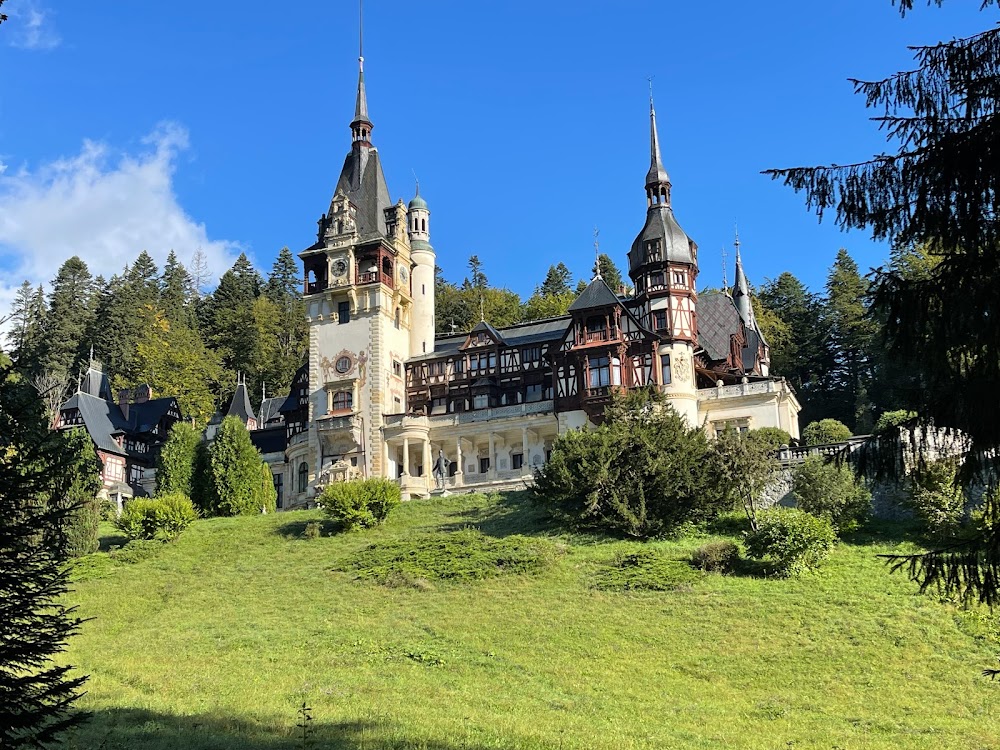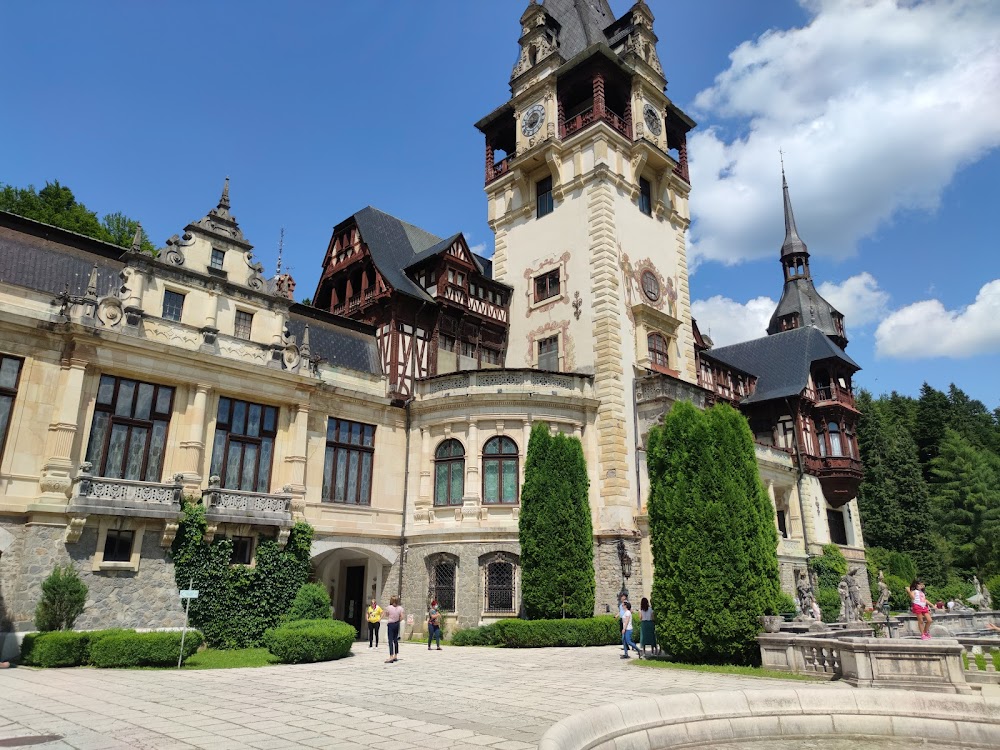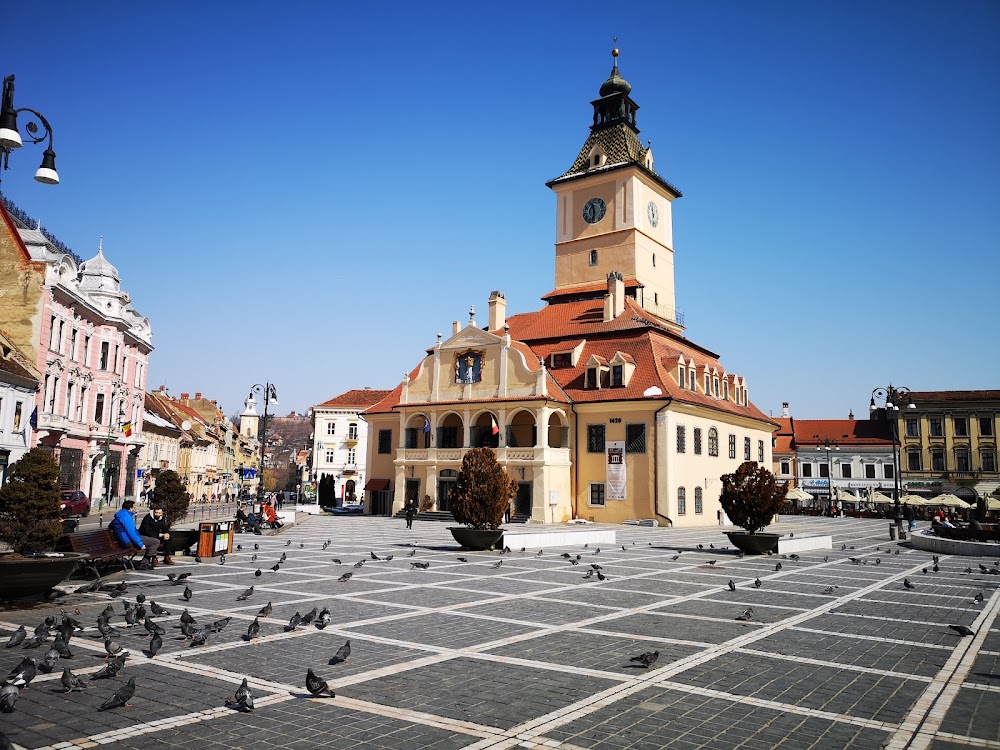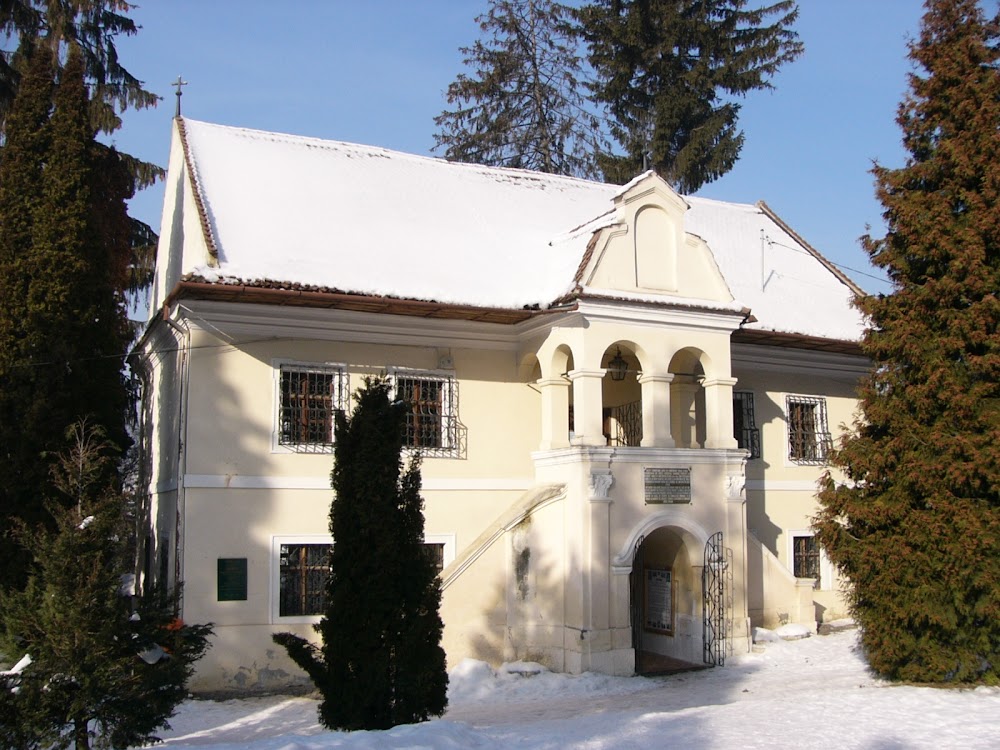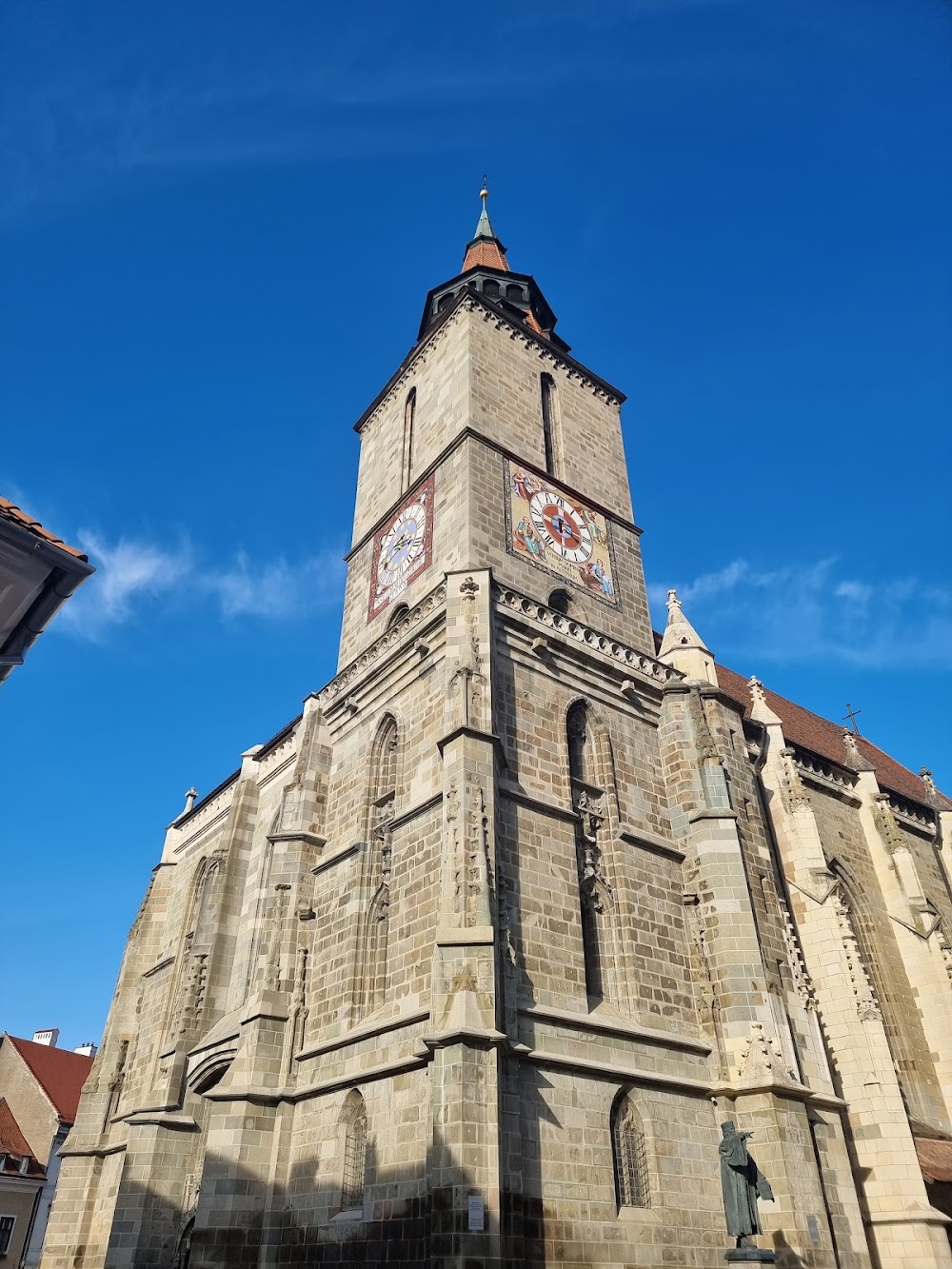Peles Castle (Castelul Peleș)
Overview
Peleș Castle: A Neo-Renaissance Jewel
Nestled in the breathtaking Carpathian Mountains of Brașov County, Romania, Peleș Castle is a stunning neo-Renaissance masterpiece that captures the imagination. Commissioned by King Carol I, construction began in 1873 and spanned over four decades, completing in 1914. The castle's location was meticulously chosen for its unparalleled natural beauty and strategic defensive potential, surrounded by the majestic mountains.
To build this architectural wonder, skilled artisans from various European countries were enlisted, creating a harmonious blend of styles. The design, crafted by German architect Johannes Schultz, showcases a prominent German Neo-Renaissance aesthetic interwoven with elements of Gothic Revival and Italian Renaissance. The collaboration with architects Wilhelm Doderer and Karel Liman further shaped this magnificent structure into its final form.
Meticulous Construction Process
The construction of Peleș Castle was an intricate and detailed endeavor. Initially, the dense forest surrounding the area had to be cleared, and an entire road system was established to facilitate the transportation of materials and workers to the remote site. Remarkably, the castle was among the first in Europe to incorporate modern amenities such as electricity, central heating, and a complete sewage system—luxuries that were quite rare at the time.
Every corner of Peleș Castle exudes luxury and craftsmanship. The interior is a testament to opulence, featuring intricate wood carvings, stunning stained glass windows, and an impressive collection of over 170 crystal chandeliers. With 160 rooms, each more elaborate than the last, highlights include the grand armory room, which houses over 4,000 pieces of weaponry.
Architectural Highlights and Innovative Features
Among the castle's most striking features is the Grand Hall, renowned for its exquisite wood paneling and stunning stained glass ceiling. The Hall of Honor, soaring two floors high, captivates visitors with its ornate carvings and an art gallery showcasing Romanian art collections.
Beyond its aesthetic beauty, Peleș Castle was equipped with advanced technologies for its time. It featured a central vacuum system, an elevator for guest transport, and a retractable glass roof in the main hall, which floods the space with natural light and creates an airy atmosphere.
The Enchanting Peleș Estate
Surrounding the castle is the enchanting Peleș Estate, characterized by beautifully manicured gardens, terraces, and pathways that offer breathtaking views of the Bucegi Mountains. Inspired by English garden design, the gardens were intended as a serene retreat for the royal family and their guests.
King Carol I took a hands-on approach to the castle's construction and decoration, pouring his dedication and vision into this residence, ensuring it became a symbol of Romania's cultural strength and grandeur. His influence can be felt in every stone and decorative detail of the castle.
A Glimpse into Royal Life
Upon its completion, Peleș Castle served as a summer residence for the Romanian royal family and a venue for political meetings and high-profile gatherings. Throughout its history, it has hosted numerous dignitaries, including Emperor Franz Joseph of Austria-Hungary.
Today, Peleș Castle stands as a museum, welcoming visitors from around the world to step into a historical fairy tale. The castle showcases a vast collection of art, armor, and period furnishings, all meticulously preserved. More than just an architectural gem, Peleș Castle symbolizes Romanian heritage, echoing the grandeur of its royal past.


